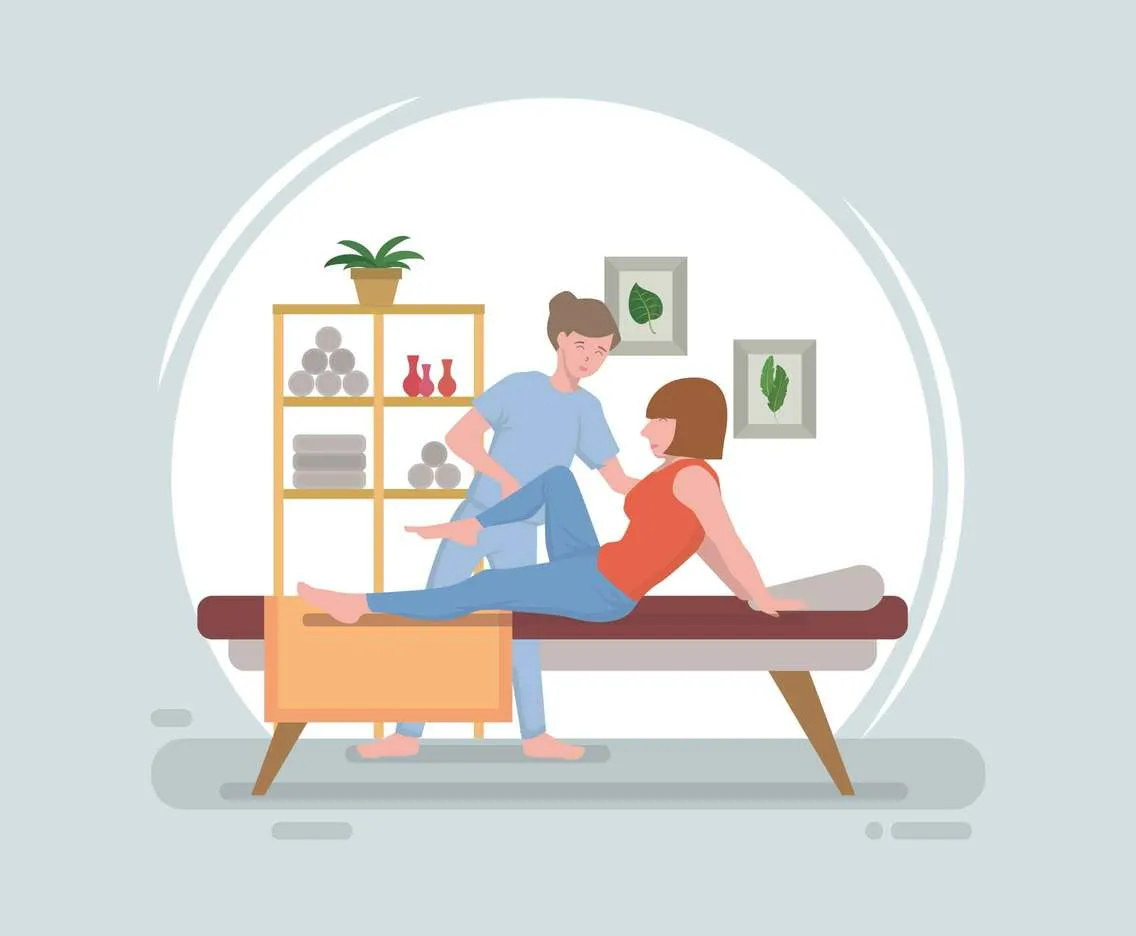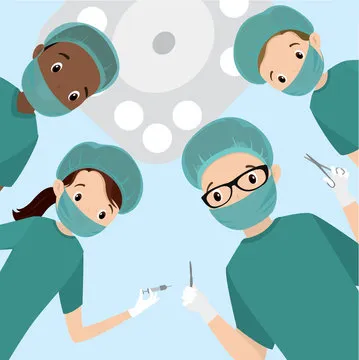Treatments Options
Wishesland
There is no cure for CP but treatment will improve the patient’s capability. Many children can go on to live near-normal adult lives if their disabilities are properly managed.
Early intervention and treatment will give the patient a better chance of overcoming their developmental disabilities.
Since patients tent to have varying symptoms and there are no two patients that are affected by CP in the same way, individual treatment programs are tailored for the needs of a patient.
A full detailed assessment of the child’s limitation and abilities, in combination with other forms of treatment such as
● Physiotherapy
● Speech and language therapy
● Medication
● Surgery
will minimize other problems that may develop as the child gets older. This will help child achieve their fullest potential in posture control, body movement, speech and language and towards living near normal adult lives in the future.

Physiotherapy is probably the most essential part of the treatment plan for children with CP. The key aim of physiotherapy is to encourage children to walk and move as normally as possible. This form of treatment assists children in developing muscular control, better balance and mobility, and becoming as physically independent as possible.
It helps to strengthen the muscles, improves physical stamina and fitness, prevent imbalances, weakening and wasting of under-used muscles of the child.
Regular movement helps to stretch the muscles. This limits shortening of muscles, promotes faster muscle growth and reduces the risk of developing can delay the immediateneed for surgery or even eliminate the need for it completely.

People with CP begin by having muscle spasms (muscles that are unable to relax) before it leads to permanent muscle shortening (fixed contractures). Hence, if there is early intervention at this stage, it will slow or reduce progression to permanent muscle shortening.
The agents most frequently used to treat muscle spasms are bacflofen, diazepam and dantrolene that are also used after surgery. The medication act on all muscles in the body and are usually given to patients by mouth. The most common side effect of all three medication is drowsiness. In some cases, getting treated early with medications can delay the immediate need for surgery or even eliminate the need for it completely.

Although surgery is not always necessary, there is sometimes the need for it to :
● Reduce muscle spasms (loosen tight muscles)
● Correct fixed contractures
● Improve the growth and development of muscles
● Cut nerves that are affected by uncontrollable movements
There are several types of surgery for patients with CP and some tests are required before surgery, to determine the type of surgery that is best suited for the patient. After surgery, the patient is expected to experience improvements in walking and have a better sense of balance.